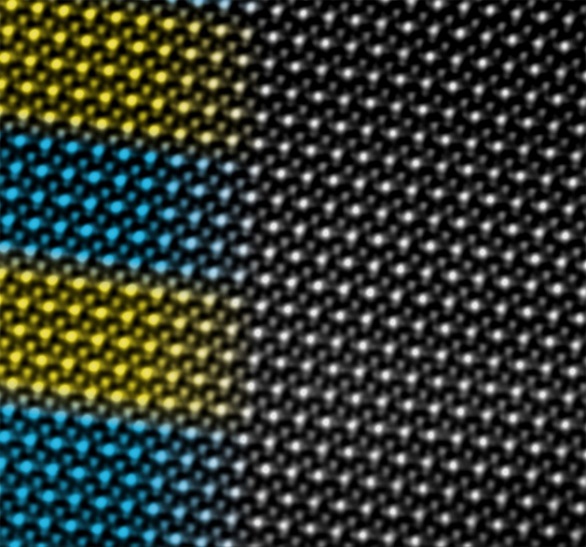Navigation auf uzh.ch
Navigation auf uzh.ch
The group of Marta Gibert published results on the transport properties of atomic-precise superlattices made from two alternating distinct nickelate layers, NdNiO3 and SmNiO3 in Nature Materials.

Our currently-based silicon technology consumes a continuously increasing share of world’s energy. Materials by design exploiting the novel electronic properties of quantum materials are promising alternatives for tomorrow electronics devices. Controlling physical phenomena such as metal-insulator transitions in complex materials is highly relevant from a technological but also from a fundamental point of view.
The group of Marta Gibert investigated the transport properties of atomic-precise superlattices made alternating two distinct nickelate layers, NdNiO3 and SmNiO3. These materials display a metal-insulator transition at different temperature while sharing the same order parameter. For thick layers, two separate transitions are observed, directly arising from the properties of the individual compounds. For thin layers, a single metal-insulator transition occurs, indicating that we have engineered a novel property unique of this superlattice system. They find that a length scale of 3 nm is required for the compounds to show their independent properties. Considering the first-order character of the transition, this value is remarkably large. The results show that such length scale is determined by balancing the energy cost of the boundary between a metal and an insulator and the bulk phase energies, and not due to the long-range physical coupling of bond angles, which is the standard approach to understand interfacially-coupled behaviour in perovskite oxides. With these results, we highlight a new framework to engineer functional properties in heterostructures that can be applied to other combinations of materials.
The image shows the Scanning transmission electron microscopy image of superlattice consisting of an alternating sequence of 5 atomic unit cells of NdNiO3 (blue) and 5 atomic unit cells of SmNiO3 (yellow).© Bernard Mundet / EPFL / UNIGE.
This research results from a strong international collaboration between Marta Gibert at UZH, University of Geneva, EPFL, Flatiron Institute in New York and University of Liège.
Reference: C. Domínguez et al. "Length scales of interfacial coupling between metal and insulator phases in oxides" Nature Materials (2020) - https://doi.org/10.1038/s41563-020-0757-x